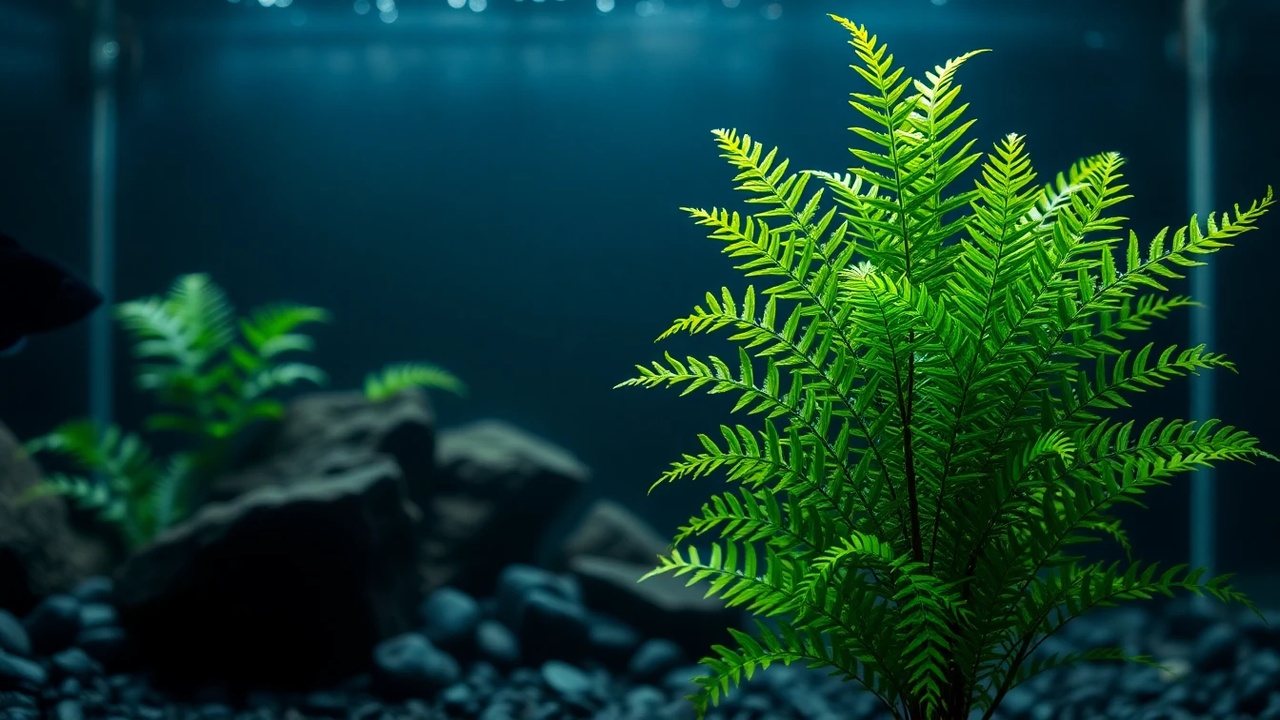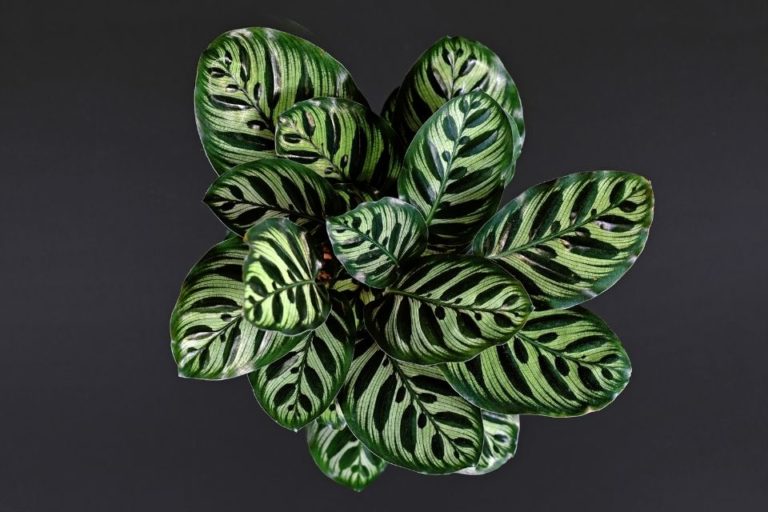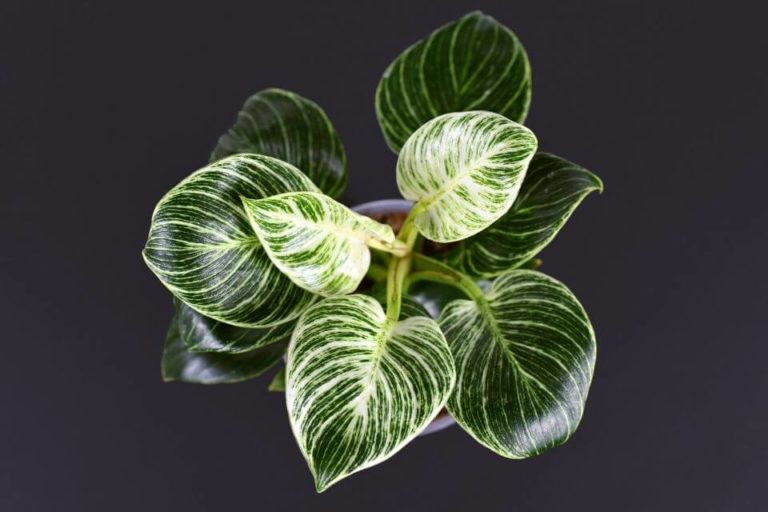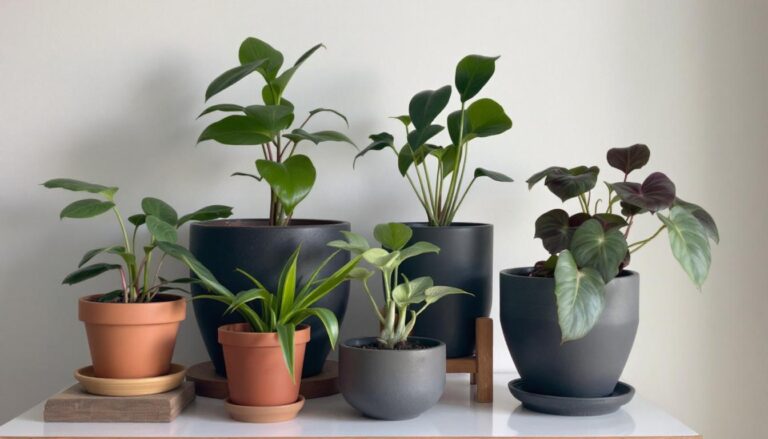Aquarium Java Fern Care: How To Plant, Propagate and Maintain

The Aquarium Java Fern, also known as Microsorum pteropus, is a popular and versatile plant in the world of aquascaping. Its distinctive look and low-maintenance nature make it a favorite among both beginner and experienced aquarium enthusiasts.
In this blog post, we will explore the key characteristics of the Aquarium Java Fern, its care requirements, and how to incorporate it into your aquascape for a visually stunning and balanced underwater environment.
Whether you’re new to the hobby or looking to enhance your existing aquarium, the Aquarium Java Fern is a fantastic addition that brings both aesthetic and practical benefits to your underwater world.
TABLE OF CONTENTS
Aquarium Java Fern Origin and Habitat
The Aquarium Java Fern, scientifically known as Microsorum pteropus, is native to Southeast Asia, specifically found in countries like Malaysia, Thailand, and Indonesia.
It typically grows on rocks and the banks of slow-moving rivers and streams, often in shaded areas with minimal direct sunlight. This fern is adapted to thrive in aquatic environments, making it a popular choice for aquariums.
Appearance and Growth
The Java Fern has distinctive characteristics, including its leathery, dark green, and slightly wrinkled leaves.
The plant is rhizomatous, meaning it grows from a creeping stem called a rhizome, which should not be buried in the substrate but rather attached to driftwood or rocks.
When provided with the right conditions, such as low to moderate light and nutrient-rich water, the Java Fern grows at a steady pace, producing new leaves that unfurl in a captivating manner.
Its slow growth makes it a low-maintenance and visually appealing addition to any aquarium.
Benefits of Having Aquarium Java Fern
Java Fern is a popular choice for aquarium enthusiasts due to the numerous benefits it offers to the aquatic environment.
» Water Quality Improvement
The dense, broad leaves of the Java Fern act as natural filters, effectively removing impurities and toxins from the water. This helps in maintaining a clean and healthy aquatic environment for your fish and other inhabitants of the aquarium.
Additionally, the plants absorb nitrates, ammonia, and other waste materials produced by the aquatic life, preventing algae overgrowth and maintaining a balanced ecosystem.
» Oxygenation and CO2 Absorption
Java Fern plays a crucial role in oxygenation and CO2 absorption in the aquarium. Through the process of photosynthesis, the plant releases oxygen into the water, promoting healthier and more vibrant aquatic life.
Moreover, the plant absorbs carbon dioxide, aiding in the stabilization of pH levels and preventing fluctuations that could be harmful to the fish.
» Natural Habitat for Fish and Invertebrates
The intricate root structures and dense foliage of the Java Fern provide a natural habitat for fish and invertebrates. It offers shelter, breeding grounds, and protective cover for the inhabitants of the aquarium, mimicking their natural habitat.
This creates a more natural and stress-free environment for the aquatic organisms, promoting their overall well-being and enhancing the visual appeal of the aquarium.
Introducing Java Fern into your aquarium not only enhances the aesthetic appeal but also contributes significantly to the overall health and balance of the aquatic ecosystem.
How to Care for Aquarium Java Fern
» Lighting and Temperature Requirements
Java Ferns thrive in low to moderate lighting conditions, making them perfect for aquariums with minimal light. They should be placed away from direct light to prevent algae growth on their delicate leaves.
The optimal temperature range for Java Fern is between 68°F and 82°F (20°C to 28°C). Keeping the temperature within this range ensures the plant remains healthy and vibrant.
» Water Parameters and Filtration
Maintaining proper water quality is crucial for the health of Java Fern. They thrive in slightly acidic to slightly alkaline water with a pH range of 6.0 to 7.5. Additionally, they prefer soft to moderately hard water with a dGH of 5 to 13.
When it comes to filtration, gentle water movement is ideal as Java Ferns don’t appreciate strong currents. A sponge filter or a gentle flow from a power filter is suitable for providing the right water movement.
» Propagation and Maintenance Tips
Java Ferns are easy to propagate, making them an excellent choice for beginners. They reproduce through rhizome division, where new plants sprout from the parent rhizome.
To propagate, simply separate the new plantlets from the parent rhizome and attach them to a surface using thread or glue. When it comes to maintenance, remove any decaying or damaged leaves regularly to promote healthy growth.
Pruning can be done by trimming the older leaves to encourage new growth and maintain the plant’s aesthetic appeal. Regularly inspect for signs of algae or snail infestations and address them promptly to keep the Java Fern thriving.
Common Issues and Troubleshooting
Every aquarist will likely encounter some common issues with their Java Fern at some point. It’s important to address these issues promptly to keep your aquarium thriving.
» Algae Growth
Algae growth on Java Fern leaves is a common issue, especially in tanks with excessive light or nutrient levels. To address this, consider reducing the amount of light or nutrients in the tank.
You can also manually remove the algae from the leaves and consider adding algae-eating species, such as Amano shrimp or Siamese algae eaters, to help keep it clean and healthy.
» Leaf Yellowing
If you notice yellowing leaves on your Java Fern, it could indicate a lack of nutrients, such as iron. Consider adding a comprehensive liquid fertilizer with iron to the water to address this issue.
Ensure that the rhizome, the thick horizontal stem from which the leaves grow, is not buried in the substrate, as this can also lead to leaf yellowing.
» Pests and Diseases
While Java Fern is generally resistant to pests and diseases, it can still fall victim to snail infestations or fungal infections. If you notice snails on the leaves, manually remove them to prevent damage.
For fungal infections, reducing organic waste in the tank and maintaining good water circulation can help prevent and address the issue.
Addressing these common issues promptly and effectively will help ensure that your Java Fern thrives in your aquarium environment.
Compatibility with Other Aquatic Plants and Fish
» Suitable Tank Mates
The Aquarium Java Fern is a versatile plant that can thrive in a community tank setup. It can coexist harmoniously with a variety of aquatic plants such as Anubias, Cryptocoryne, and Amazon Sword.
These plants share similar water and lighting requirements, making them suitable companions for the Java Fern. This compatibility allows for the creation of a lush and visually appealing aquascape within the aquarium.
Java Fern is an excellent choice for tanks with peaceful community fish species. This includes Tetras, Rasboras, Gouramis, and Corydoras catfish.
These fish species are known for their non-aggressive behavior, making them ideal tank mates for the Java Fern. The fish and the Java Fern together create a natural and balanced ecosystem within the aquarium.
» Potential Issues with Co-habitation
While the Java Fern is generally compatible with a wide range of aquatic plants and fish, some caution is necessary when it comes to certain species.
Avoid housing the Java Fern with herbivorous fish such as goldfish or African cichlids, as they may nibble on the fern’s delicate foliage, potentially causing damage and inhibiting its growth.
Additionally, aggressive or territorial fish species, such as some types of cichlids or bettas, may uproot or damage the Java Fern.
It’s essential to consider the temperament and behavior of potential tank mates to ensure a harmonious environment for the Java Fern to thrive.
In summary, the Aquarium Java Fern’s compatibility with a diverse array of aquatic plants and fish makes it a versatile and valuable addition to any freshwater aquarium.
Selecting suitable tank mates and being mindful of potential issues will contribute to the creation of a vibrant and balanced aquatic ecosystem for both the Java Fern and its companions.
Setting Up Aquarium Java Fern in Your Tank
Setting up your aquarium with Java Fern is an exciting and visually rewarding endeavor. Here’s all you need to know to create the perfect environment for your Java Fern to thrive in your tank.
» Placement and Aquascape Ideas
When considering the placement of Java Fern in your tank, opt for areas with low to moderate water flow and avoid direct contact with the substrate.
As a versatile plant, Java Fern can be attached to decorations such as driftwood or rocks. This not only adds a natural and aesthetic appeal to your aquascape but also provides additional surfaces for the plant to grow on.
Arrange the Java Ferns in clusters or rows to create a visually captivating aquascape, offering a sense of depth and natural beauty to your aquarium.
» Suitable Substrates and Decor
For optimal growth, Java Ferns thrive when attached to driftwood, rocks, or other tank decorations. It’s important to avoid burying the rhizome in the substrate as this can lead to decay.
Consider using a fishing line or glue to secure the plants to the chosen decor, ensuring they are not placed too deeply into the substrate.
Incorporating natural elements like smooth stones, dark gravel, or driftwood can complement the Java Fern’s appearance and create a harmonious underwater landscape.
» Ideal Tank Size and Conditions
Java Ferns are adaptable and can thrive in various tank sizes, from small aquariums to larger setups. A 10-gallon tank is an ideal starting point for accommodating Java Fern, providing ample space for growth and decoration.
Maintaining a temperature range of 68 to 82°F (20-28°C) and a slightly acidic to neutral pH level of 6.0 to 7.5 will create a suitable environment for Java Fern to flourish.
Additionally, moderate to low lighting and the presence of fish or other aquatic life can contribute to the overall well-being of the plant.
By following these placement and aquascape ideas, selecting suitable substrates and decor, and creating the ideal tank size and conditions, you can establish an inviting and thriving habitat for your Java Fern to enhance the beauty of your aquarium.
Purchasing and Acclimating Aquarium Java Fern
» Choosing Healthy Specimens
When purchasing Aquarium Java fern plants, look for vibrant green leaves with no signs of discoloration or yellowing. Avoid specimens with holes, tears, or brown spots, as these may indicate poor health.
Opt for plants with robust rhizomes and roots, as they are more likely to thrive in your aquarium. Check for any signs of pests or algae on the plant before making a purchase.
» Acclimation Process
Upon bringing your Java fern home, it’s important to acclimate it to its new environment to prevent shock. Gently float the plant in the aquarium in its original packaging or container for about 15 to 20 minutes to allow the temperature to equalize.
This helps the plant adjust to the water conditions gradually. Then, carefully remove the plant from its packaging and place it in the desired location in your tank.
» Initial Care After Introduction
After introducing the Java fern to your aquarium, monitor it closely for the first few days to ensure it adapts well to its new surroundings.
Consider using a liquid fertilizer specially formulated for aquarium plants to provide essential nutrients. Ensure that the plant is not overshadowed by larger or faster-growing species in your tank, as this can impede its growth.
Regularly check for any signs of discoloration, melting, or distress, and make adjustments to the lighting and water parameters if necessary.
Conclusion
Aquarium Java Fern is an excellent choice for both beginner and experienced aquarists. Its hardy nature, low-maintenance requirements, and ability to thrive in various water conditions make it a versatile and attractive addition to any aquarium.
With proper care and attention to its specific needs, the Java Fern can bring a touch of natural beauty to your underwater environment, providing a lush and vibrant habitat for your aquatic pets.
Whether used as a standalone plant or as part of a larger aquascape, the Java Fern is sure to enhance the aesthetic appeal of your aquarium while contributing to a healthy and balanced ecosystem.
Frequently Asked Questions
» Does the Java Fern need to be submerged?
Java fern does not need to be fully submerged in water. While it can grow when partially submerged, it is an adaptable plant that can also thrive when attached to driftwood or rocks above the waterline.
This versatile plant can tolerate various water conditions and lighting levels, making it a popular choice for aquariums and terrariums.
» Can I glue Java Fern to rocks?
Yes, you can glue Java fern to rocks. Use cyanoacrylate gel, commonly known as super glue, to attach the Java fern to the rocks. Apply a small amount of glue to the rhizome of the Java fern and press it onto the rock.
Hold it in place for a minute or two to ensure it adheres securely. This method allows you to create natural-looking underwater landscapes in your aquarium while providing a stable base for the Java fern to grow.
» Should I trim Java Fern?
Trimming Java fern is not necessary, as the plant grows slowly and doesn’t require regular pruning. However, if you notice old or decaying leaves, you can trim them close to the rhizome using sharp, clean scissors.
Be careful not to damage the rhizome, as this can hinder the plant’s growth. Regular maintenance of the aquarium, such as removing debris and ensuring proper lighting and water quality, is more crucial for the health of Java fern than trimming.






